
Migration Safari in Tanzania
A Migration Safari in Tanzania offers a front-row seat to one of nature’s most awe-inspiring spectacles: the Great Migration. Each year, millions of wildebeest, zebras, and gazelles travel across the Serengeti and the Masai Mara in search of fresh grazing and water, followed closely by predators such as lions, cheetahs, and crocodiles. This massive movement of wildlife is a thrilling and unique experience for any safari enthusiast.
Season to Visit:
The best time to witness the migration is during the dry season (from June to October), when the herds are making their way northward in search of food and water. This period offers the opportunity to see the iconic river crossings, where wildebeest risk their lives crossing the crocodile-infested rivers in an effort to reach greener pastures.
However, the migration is a year-round event, with different parts of the Serengeti offering spectacular experiences at various times:
January to March: This is calving season. Thousands of baby wildebeest are born, attracting predators and making it an exciting time for photography and wildlife observation.
April to May: While the rains make some areas harder to access, these months can still offer quieter and less crowded experiences, and the lush landscape is breathtaking.
Whether you visit during the dramatic river crossings or witness the calving season, a migration safari in Tanzania is an unforgettable adventure filled with incredible wildlife encounters.
Migration Safari Itinerary

Tanzania Safari – 6-Day of Unforgettable Adventure
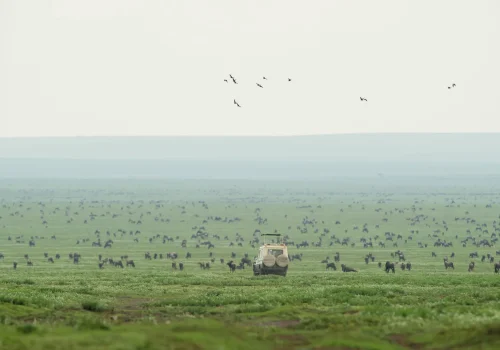
7 Day Ultimate Serengeti Safari Witness the Great Migration
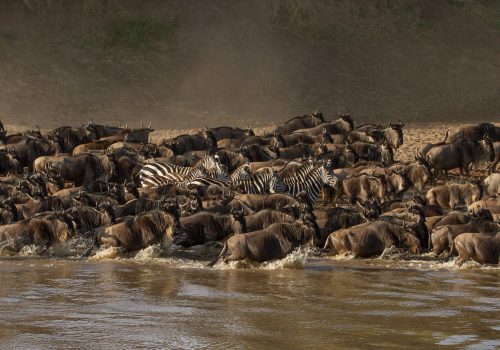
6- Day fly from Zanzibar to northern adventures
Popular Questions About Migration Safari in Tanzania
What is the Great Migration?
The Great Migration refers to the annual movement of millions of wildebeest, zebras, and gazelles across the Serengeti and Masai Mara ecosystems in search of fresh grazing and water. This migration is one of the most remarkable wildlife events in the world, attracting predators like lions, cheetahs, and crocodiles.
When is the best time to see the Great Migration?
The best time to experience the migration is during the dry season from June to October. This is when the herds are most active, and the famous river crossings, where wildebeest face crocodiles and strong currents, occur. However, other seasons, such as January to March (calving season), offer different but equally thrilling experiences.
Where can I see the migration in Tanzania?
The Great Migration primarily takes place in the Serengeti National Park, particularly in the Southern Serengeti (for calving) and the Northern Serengeti (for the river crossings). The migration also spills over into the Masai Mara in Kenya, but most of the action happens within Tanzania’s borders.
How long does the Great Migration last?
The migration is a continuous cycle that lasts throughout the year. The herds move in a circular pattern, typically starting in the Southern Serengeti in January for calving and making their way northward toward the Masai Mara in July to October before returning south in the wet season.
What are the river crossings, and when can I see them?
River crossings occur when the migrating herds have to cross the crocodile-infested Grumeti River and the Mara River. These crossings usually happen from July to October, with the most dramatic scenes unfolding in August and September. It’s a high-risk, high-reward moment for the wildebeest, and it’s a thrilling spectacle for safari-goers.
Can I do a safari during the migration and avoid the crowds?
Yes! While the dry season (June to October) is the most popular time to see the migration, visiting during the early or late parts of the season can offer fewer crowds. May and November are great options for quieter safaris with still excellent migration sightings.
What animals can I see during the migration?
Aside from the vast herds of wildebeest, zebras, and gazelles, the migration attracts predators like lions, cheetahs, leopards, and hyenas. It’s also an excellent opportunity for birdwatching, with migratory bird species appearing along the way.
Do I need a guide for a migration safari?
Yes, having an experienced safari guide is highly recommended. They know the best spots for viewing the migration, provide insight into animal behavior, and enhance your overall safari experience. Guides also ensure safety and help you spot wildlife that you might miss on your own.
Is the Great Migration safe for tourists?
Yes, the Great Migration is safe for tourists. Guided safaris ensure that you are kept at a safe distance from the animals and the river crossings. The safari vehicles are equipped with safety measures, and your guide will follow strict park rules to ensure a safe and enjoyable experience.
Can I combine a Migration Safari with other activities?
Yes! Many safari tours can be combined with other experiences like Mount Kilimanjaro trekking, visiting the Ngorongoro Crater, or relaxing on Zanzibar’s beaches. Our team at Ascnzen Safaris can help create a tailored itinerary that combines the migration with additional adventures.
Let Us Create Your Perfect Safari Adventure!
We’re thrilled to assist in designing your perfect safari experience! Kindly share your vision and preferences with us, and we’ll turn your dream adventure into reality.
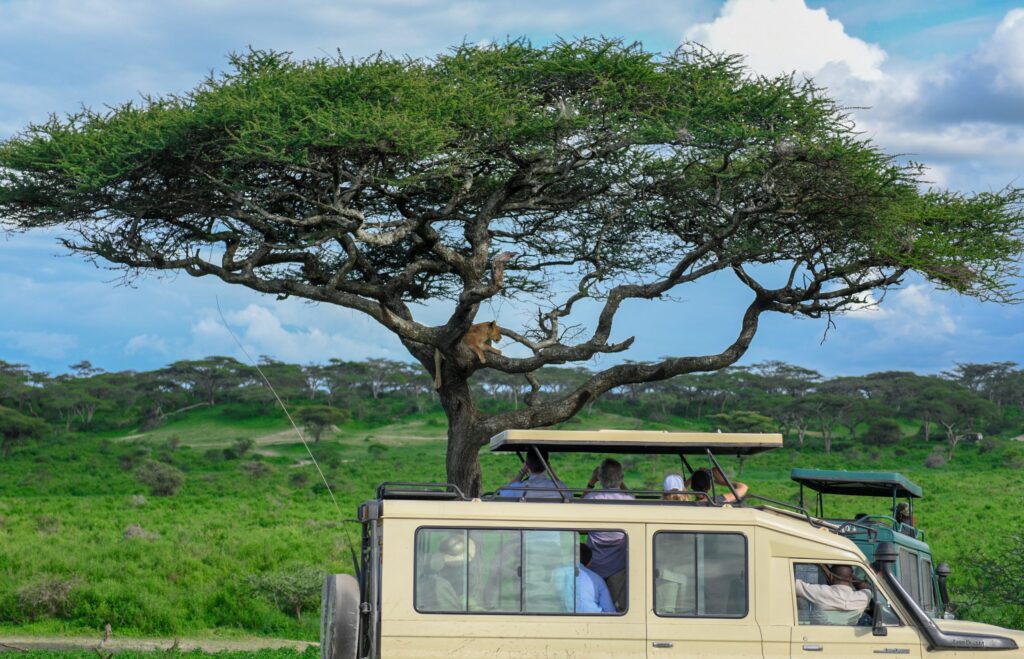

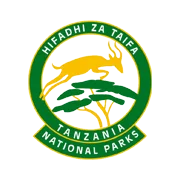

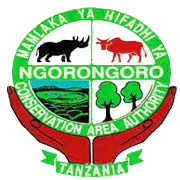
Newslatter
- © 2025 Ascnzen Safaris | All Rights Reserved.